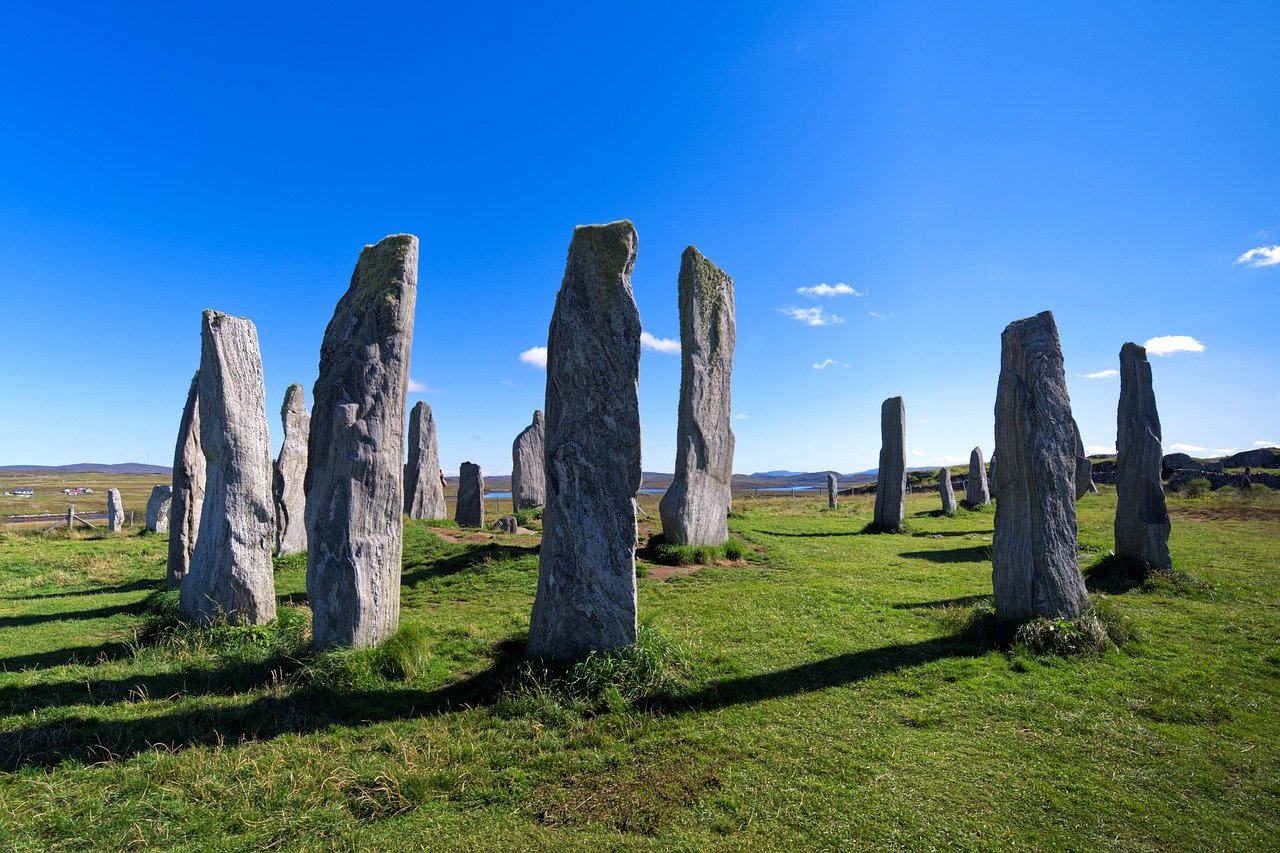The contributions of the Romans to global civilization are noteworthy, particularly in the realm of architecture, engineering, advanced technologies, governance, and legal systems. However, they also bear the marks of cultural obliteration. While it is recognized that the Romans often integrated various cultural elements into their own society, this practice led to subtle yet profound transformations of the cultures they absorbed, resulting in the obliteration of many unique identities. If one were to characterize Roman influence through a color, it would be a muted beige, signifying homogenization.
This phenomenon is starkly evident in the case of the Celts, whose predominantly oral traditions and spiritual narratives were particularly vulnerable. The Celtic tribes placed immense importance on spirituality and religion, articulated through a shared mythology and overseen by druids. These religious leaders dedicated their lives to mastering and conveying the stories and rituals central to the worship of their deities, while also serving judicial roles in their communities. Druids were widely regarded with respect among the tribes, making their eventual downfall at the hands of the Romans particularly devastating for the continuity of Celtic culture.
The Celts did possess literacy, yet their reluctance to document religious doctrines can be likened to historical practices where access to sacred texts was tightly controlled by clergy—thus maintaining power and interpretive authority. The sparse documentation regarding Celtic beliefs comes primarily from Roman sources, whose accounts were often tinted by bias. Romans typically viewed non-Romans through a lens of superiority, relegating other cultures to the status of “barbarians.” They were mainly motivated by the desire to consolidate and control, rather than to study or understand these cultures purely.
The Romans often merged their gods with those of conquered peoples, drawing parallels rooted in their pantheistic beliefs, which made it easier to intertwine deities despite vastly different cultural backgrounds. A notable example is found in Bath, England, where the Roman deity Minerva was combined with the Celtic goddess Sulis to create a new religious homage.
Focusing on the Celtic deity Camulos (or Camulus), commonly associated with warfare through Roman interpretations linking him to Mars and the Greek Ares, presents a puzzle. While the Romans did recognize him as a god of war, many ancient cultures distinguished between various aspects of war, attributing different elements to multiple deities. For instance, while Mars embodies the chaos and brutality of conflict, Athena represents strategic warfare and valor. There’s even an argument that Aphrodite, typically considered a goddess of love, had ties to warfare as seen in Spartan society, demonstrating the complexities of war’s representation in mythology.
The portrayal of Celts as militaristic, largely stems from Roman accounts—given that they faced significant defeats against Celtic tribes, it raises questions about the accuracy of those characterizations. Assuming the Celts practiced a pantheistic belief system focused on a combat-oriented culture, it follows that they might have multiple deities symbolizing different war facets. In contrast to Mars’s aggressive nature, Camulos was viewed by some as a protector and defender, which aligns with the Celtic deity Andraste, potentially representing the dignified side of warfare.
Camulos was specifically revered by the Remi tribe in Europe, who saw him as a guardian figure. The connection between Camulos and the fortified settlement of Camulodunum (modern-day Colchester) underscores this association with defense—contrasting sharply with Mars’s aggressive reputation. Furthermore, depictions of Camulos with stag horns or alongside a boar hint at possible connections to hunting, blurring the lines of his identity as a purely martial figure.
Archaeological evidence is limited, but a notable find at Bar Hill near Cambridge includes a deteriorated altar inscribed with a dedication to Mars Camulos, which, while imperfect, points to an intertwined relationship between these deities. This inscription prompts further inquiry into the nature of the worship surrounding Camulos.
My exploration of information related to Camulos revealed a scarcity of direct evidence, leading to speculation rooted in a few inscriptions and general descriptions from Roman sources. Many online resources cited similar key points about his worship and attributed towns, predominantly referencing Camulodunum and his alignment with Mars. A fundamental concern arises regarding the accuracy of attributing warrior status to Camulos based solely on interpretations that might lack substantial Celtic origins.
In summary, the hunt for details surrounding Camulos and how he was perceived within Celtic society brings to light the difficulties of separating historical facts from narratives crafted by a dominant culture.
Resources I Discovered:
– The British Museum’s virtual gallery that provides a comprehensive digital exploration of various exhibits.
– A database cataloging Roman inscriptions found in Britain, enhancing access to historical records.



